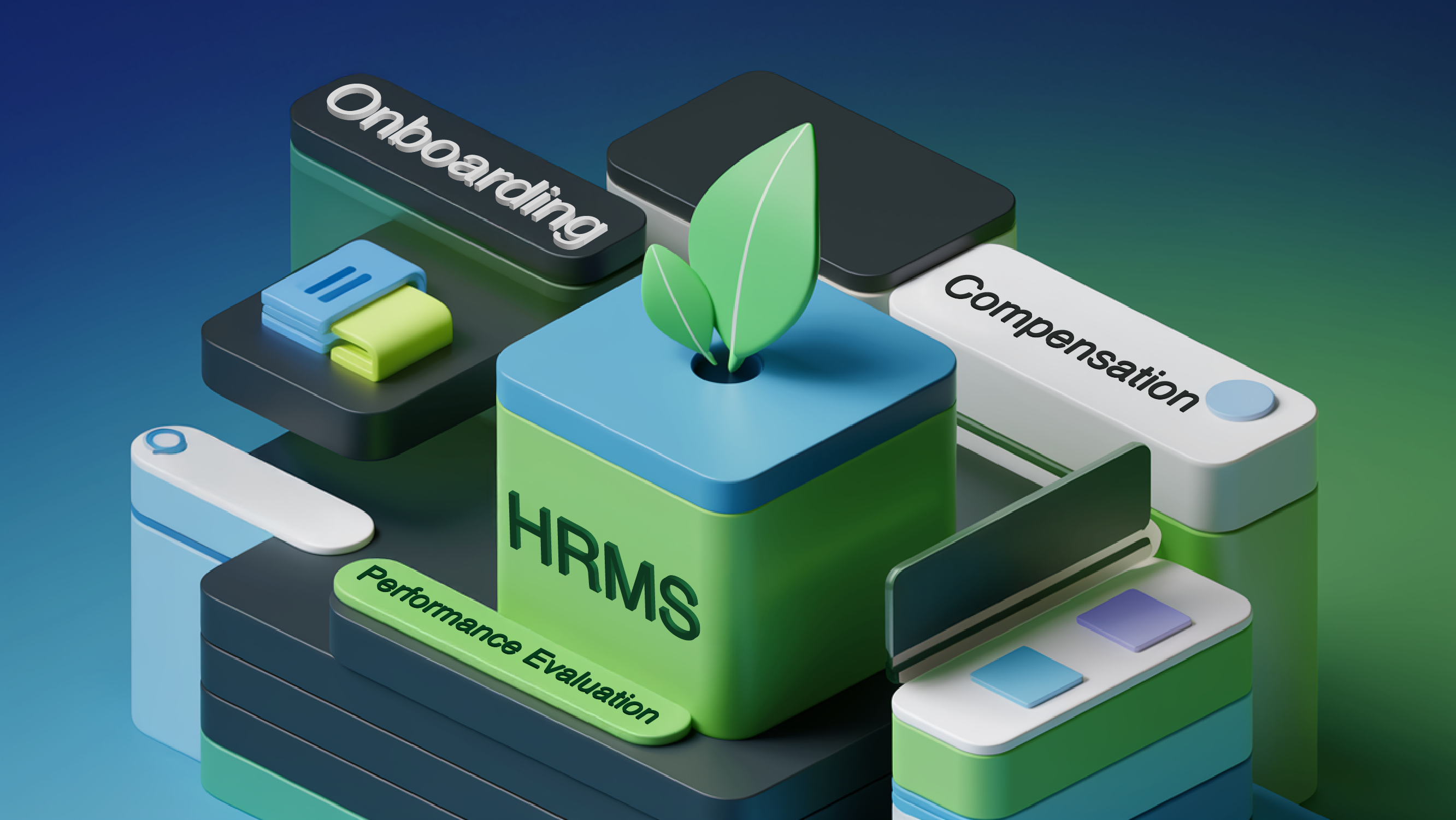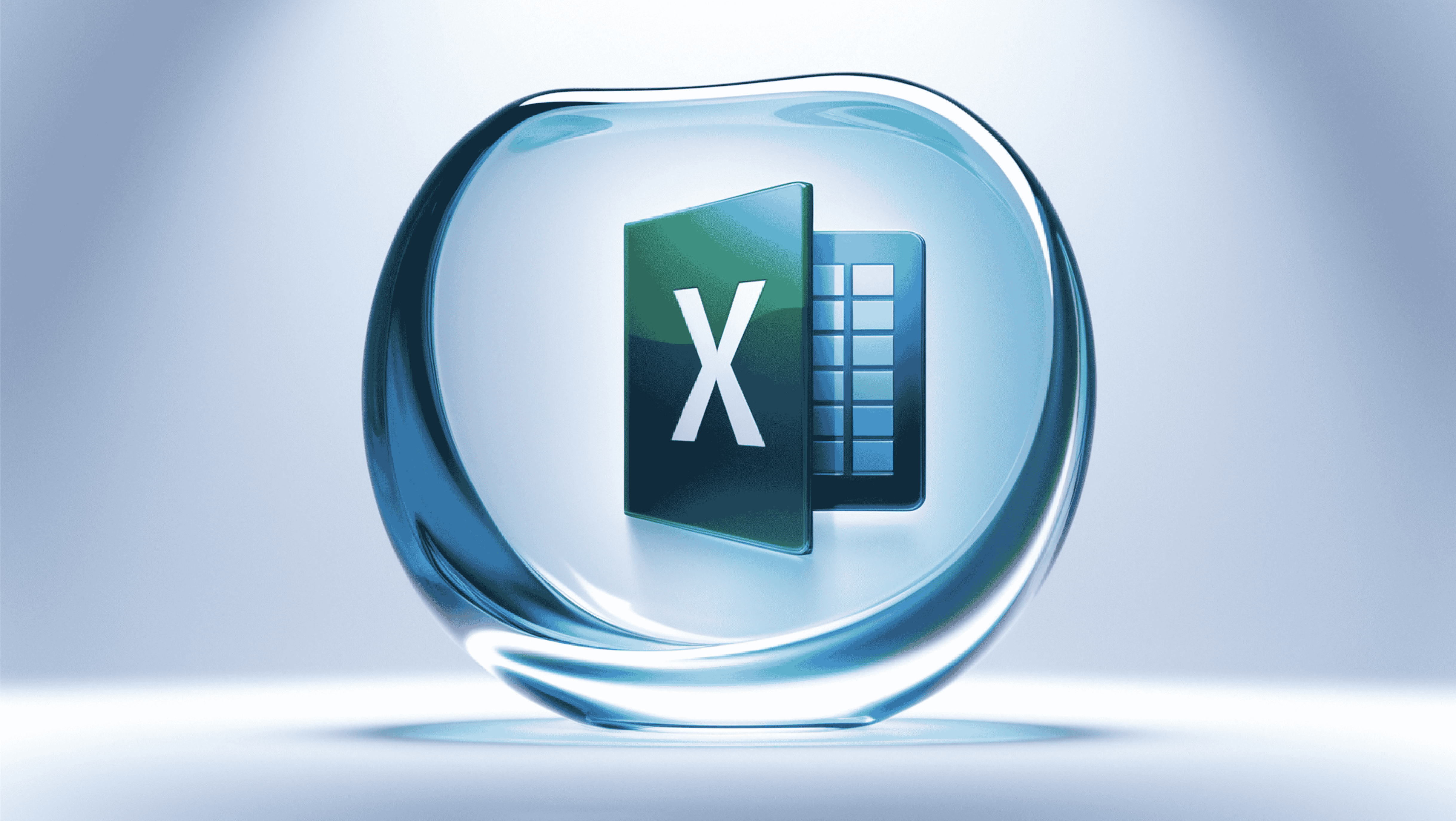Transforming Your Services Business into a SaaS Powerhouse: A Roadmap to Generating Recurring Revenue

When you embarked on your entrepreneurial journey, the vision was clear: build a business that offers both financial freedom and personal fulfillment. However, as time progressed, you may have found yourself entrenched in the same challenges faced by traditional service-based models—unpredictable cash flow, the relentless pursuit of new clients, and the constant exchange of time for money. This scenario often leads to burnout and stagnation, leaving many business owners searching for a more sustainable and scalable solution.
Enter the Software as a Service (SaaS) model—a transformative approach that shifts your business from a time-bound service provider to a scalable, product-based enterprise. By developing a SaaS offering, you can create a recurring revenue stream, enhance customer retention, and significantly reduce the dependency on continuous client acquisition. This transition not only stabilizes your income but also positions your business for exponential growth in the digital marketplace.
In this comprehensive guide, we will explore the strategic steps necessary to transform your services business into a SaaS powerhouse. From assessing your current offerings and identifying opportunities for productization to developing a robust strategy and implementing a subscription-based revenue model, we will provide you with the roadmap to successfully navigate this transition. Embracing this model can revolutionize your business operations, offering the financial predictability and scalability that many service-based entrepreneurs aspire to achieve.
Transforming your service-based business into a SaaS powerhouse involves a strategic evaluation of your current offerings and the development of a comprehensive plan to guide the transition. Below is a detailed exploration of these critical steps:
Assessing Your Current Services
- Evaluating Existing Services for SaaS Suitability
Begin by conducting a thorough analysis of your current service offerings to determine which can be effectively transformed into a SaaS model. Consider factors such as the repeatability of the service, potential for automation, and the value it provides to customers when delivered as a software solution. Services that involve standardized processes and can be delivered digitally are prime candidates for thuis conversion conversion. - Identifying Core Competencies and Productizable Services
Identify your business’s core competencies—the unique strengths and capabilities that set you apart from competitors. Determine which of these can be packaged into a SaaS offering. For instance, if your company excels in data analysis, consider developing a SaaS product that offers advanced analytics tools to clients. This approach leverages your expertise while creating a scalable product. - Analyzing Market Demand and Customer Needs
Conduct comprehensive market research to assess demand for your proposed SaaS product. Engage with existing clients and target audiences to understand their pain points, preferences, and requirements. Analyze competitors to identify gaps in the market that your SaaS solution can fill. This insight ensures that your product addresses real customer needs and stands out in the marketplace.
Developing a SaaS Strategy
- Defining Clear Short-Term and Long-Term Goals
Establish specific, measurable objectives for both the immediate and future stages of your SaaS transition. Short-term goals might include developing a minimum viable product (MVP) or securing initial customers, while long-term goals could focus on scaling the product, expanding market reach, or achieving certain revenue milestones. Clear goals provide direction and benchmarks for success. - Mapping the Customer Journey
Outline the end-to-end experience customers will have with your SaaS product. Identify key touchpoints, from initial awareness and onboarding to ongoing usage and support. Understanding the customer journey helps in designing a user-centric product and developing strategies to enhance customer satisfaction and retention. - Prioritizing Features Based on Customer Value and Business Impact
Determine which features of your product will deliver the most value to customers and contribute significantly to your business objectives. Prioritize these features in your development roadmap to ensure that resources are allocated effectively and that the product meets customer expectations while advancing business goals.
Setting a Realistic Development and Deployment Timeline
Develop a detailed timeline that outlines the stages of product development, testing, and launch. Consider factors such as resource availability, technical challenges, and market conditions. A realistic timeline helps manage stakeholder expectations and ensures a structured approach to bringing your SaaS product to market.
Building the SaaS Product
- Choosing the Right Technology Stack for Scalability and Security
Select a technology stack that supports the scalability of your product and ensures robust security measures. Consider factors such as performance requirements, integration capabilities, and compliance with industry standards. A well-chosen technology stack lays the foundation for a reliable and secure product. - Designing a User-Friendly Interface
Invest in creating an intuitive and engaging user interface (UI) that enhances the overall user experience (UX). A well-designed UI facilitates ease of use, reduces the learning curve for new users, and increases customer satisfaction, which is crucial for retention and positive word-of-mouth referrals. - Implementing Essential Features
Ensure that your SaaS product includes critical functionalities such as:- Subscription Management: Facilitates user sign-ups, renewals, and cancellations efficiently.
- User Authentication: Provides secure access control to protect user data and maintain privacy.
- Data Analytics: Offers insights into user behavior and product performance, enabling informed decision-making.
- Ensuring Compliance with Industry Standards and Regulations
Adhere to relevant industry standards and regulations, such as data protection laws (e.g., GDPR, CCPA) and security protocols. Compliance not only mitigates legal risks but also builds trust with customers who expect their data to be handled responsibly.
By meticulously assessing your current services and crafting a strategic plan, you can effectively transition your business into a successful SaaS model, positioning it for sustained growth and recurring revenue.
Implementing a Subscription-Based Revenue Model
Transitioning to a subscription-based revenue model is crucial for establishing predictable, recurring income in your SaaS business. Begin by developing a pricing strategy that offers various subscription tiers, each tailored to different customer segments and their specific needs. This approach not only broadens your market reach but also encourages customers to upgrade as their requirements evolve. Implementing a robust billing system is essential to manage recurring payments efficiently, ensuring a seamless experience for your customers. Additionally, consider offering free trials or freemium versions to attract potential users, allowing them to experience the value of your service before committing financially.
Scaling and Continuous Improvement
After launching your SaaS product, focus on scaling and continuous improvement to maintain competitiveness. Monitor key performance indicators (KPIs) such as customer acquisition cost (CAC), lifetime value (LTV), churn rate, and monthly recurring revenue (MRR) to assess business health. Actively seek customer feedback to identify areas for enhancement and inform your product development roadmap. Invest in scalable infrastructure to ensure your technology stack can handle increased demand without compromising performance. Explore opportunities for market expansion, such as targeting new customer segments or entering different geographical regions, to drive sustained growth.
Your SaaS Transformation Awaits
Transitioning to a Software as a Service model business model that not only ensures predictable revenue but also offers unparalleled scalability and fosters deeper customer engagement. At Code District, we specialize in facilitating this evolution, leveraging our expertise in application development, cloud engineering, and AI services to guide businesses seamlessly through the transition. By partnering with us, you’re not just adapting to the future; you’re actively shaping it, positioning your enterprise for sustained success in the competitive digital arena.







